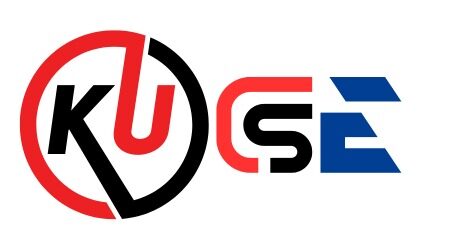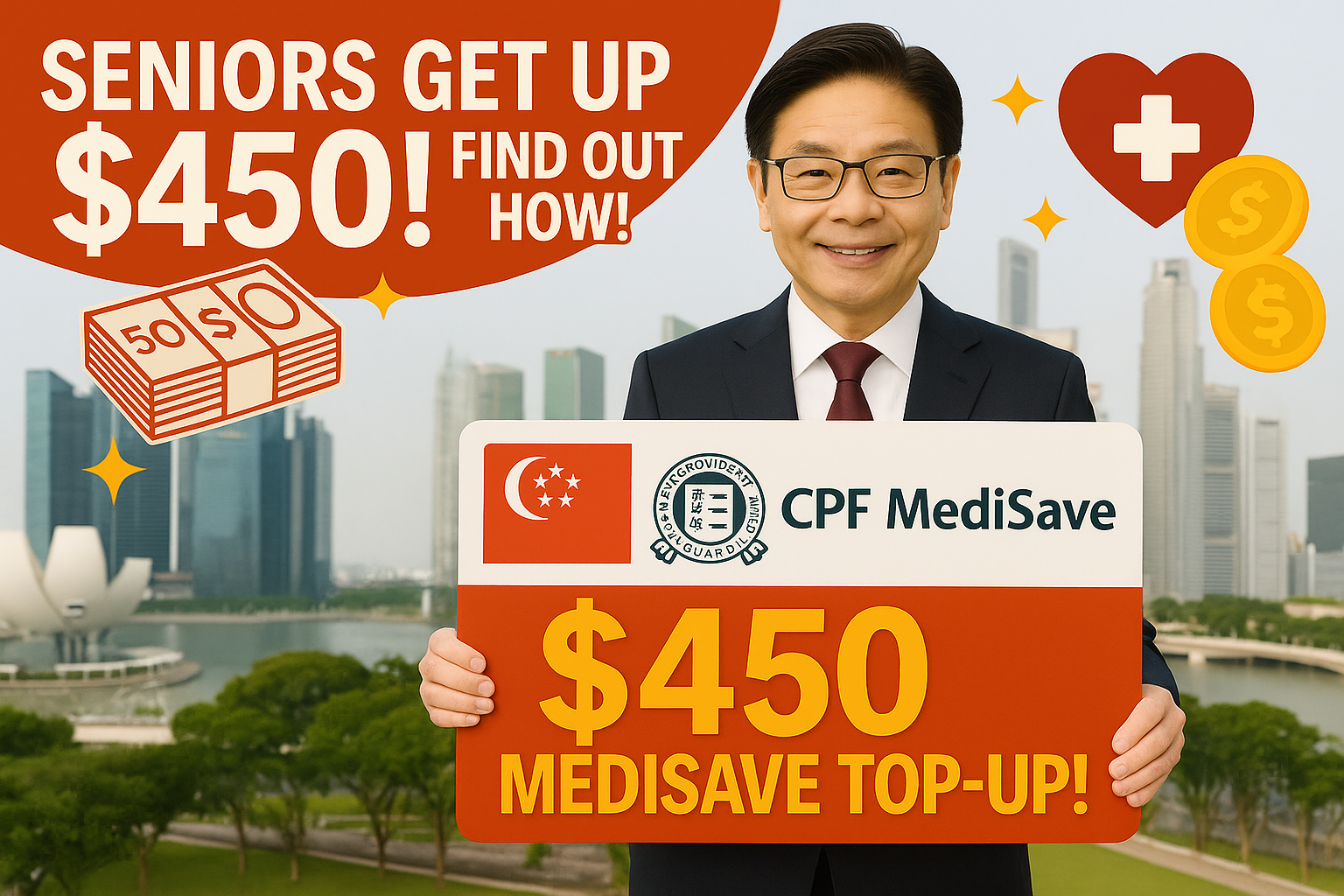Singapore has long been recognized for its forward-thinking social support systems and robust healthcare financing programs. In 2024, the city-state reaffirmed this reputation with the announcement that about 690,000 eligible senior citizens will receive MediSave top-ups ranging from $150 to $450 each. This initiative falls under the larger umbrella of the GST Voucher (GSTV) scheme—a core part of Singapore’s efforts to provide direct aid to lower- and middle-income groups, cushion the impact of the Goods and Services Tax (GST), and ensure that all citizens, especially the elderly, have access to affordable healthcare.
Understanding the GST Voucher Scheme
The Goods and Services Tax Voucher, commonly known as the GST Voucher or GSTV, is a signature government program first introduced in 2012. It is designed specifically to help those most affected by the consumption tax, notably seniors and families with lower or middle incomes. The scheme consists of three key components:
- Cash Payouts for immediate spending needs,
- MediSave Top-Ups for medical expenses, and
- U-Save Rebates to offset household utility bills.
Every year, hundreds of thousands of Singaporeans benefit from these payouts, which are automatically credited to eligible individuals based on existing government records related to age, residence, and income.
MediSave: A Pillar of Healthcare Financing
MediSave accounts form a cornerstone of Singapore’s national healthcare financing system. Administered by the Central Provident Fund (CPF) Board, MediSave helps every Singaporean set aside a portion of their income, tax-free, to pay for future hospitalizations, day surgeries, and certain outpatient expenses. For seniors—especially those on fixed incomes or without extensive savings—these funds can be a lifeline.
Recognizing the importance of MediSave, the government amplifies support each year through targeted top-ups, ensuring elders have the resources to respond to medical needs without significant financial distress.
Who Gets These Top-Ups—and How Much?
For 2024, the government is set to provide MediSave top-ups to nearly 690,000 senior citizens. The payout each one receives is not uniform; rather, it is finely calibrated based on two factors:
- Age: Older seniors tend to have more health expenses and generally receive a higher amount.
- Home’s Annual Value (AV): This is an indicator of the home’s “rental value” as determined by tax authorities, and is used as a proxy for overall household wealth. Seniors in homes with a lower AV receive more, reflecting the government’s intention to target help toward those who need it most.
To illustrate:
- A senior aged 85 and above living in a property with an AV of $21,000 or less qualifies for the maximum $450 MediSave top-up.
- Those living in more valuable properties, or who are younger, receive smaller top-ups, with the minimum set at $150.
This method ensures that the most vulnerable seniors—often those with the highest health needs and smallest financial buffers—receive the greatest support.
No Application Needed: Seamless Distribution
One of the notable strengths of the GST Voucher system is its automation. Seniors who have signed up for past GSTV rounds don’t need to re-apply; the funds are credited directly into their CPF MediSave accounts. This streamlined process minimizes administrative hurdles, ensures timely assistance, and reduces the risk of any senior missing out due to paperwork challenges. Those unsure about their eligibility or status can check the government’s dedicated GSTV portal using their Singpass login for added peace of mind.
Once credited, MediSave top-ups can be used for a wide range of medical expenses, including hospitalization, day surgery, chronic disease management programs, and even selected outpatient treatments—further enhancing the program’s flexibility and utility.
More Than Just Healthcare: The Bigger Support Picture
While MediSave top-ups for seniors are a critical headline, the broader GST Voucher scheme delivers a spectrum of additional supports reaching well beyond only the elderly.
In 2024, for example, over 1.5 million adult Singaporeans are expected to receive GSTV Cash payouts, with some individuals eligible for up to $850 depending on their income, home ownership status, and property AV. This direct cash assistance helps cover basic living expenses, bills, and other immediate financial needs.
In total, Singapore’s Ministry of Finance announced that approximately $1.5 billion will be dispersed in 2025 under the GSTV scheme—an impressive sum, indicating the seriousness with which the government views social protection and financial stability for its residents. Additional targeted measures are also planned for groups most vulnerable to inflation and rising living costs.
Why Does This Matter?
Maintaining the health and well-being of its senior citizens is not only a moral imperative for any society—it also ensures social stability and continuity. By proactively strengthening the safety net for older adults, especially those with fewer resources, Singapore fosters a society where no one needs to fall through the cracks.
The MediSave top-ups are more than just a government handout; they embody the national ethos of collective responsibility, prudent long-term planning, and targeted solidarity. For seniors, these annual boosts offer not just practical relief, but also peace of mind that their healthcare needs will be met, regardless of changes in the economy or tax regime.
Looking Ahead
As Singapore’s population continues to age and the cost of healthcare rises, such schemes will only grow in importance. By regularly reviewing and enhancing the GST Voucher MediSave top-ups and other supportive measures, the government demonstrates its ongoing commitment to inclusiveness and broad-based prosperity.
For now, eligible seniors can look forward to a helpful boost this August—one that underlines Singapore’s determination to ensure that everyone, in every stage of life, can afford to stay healthy.

